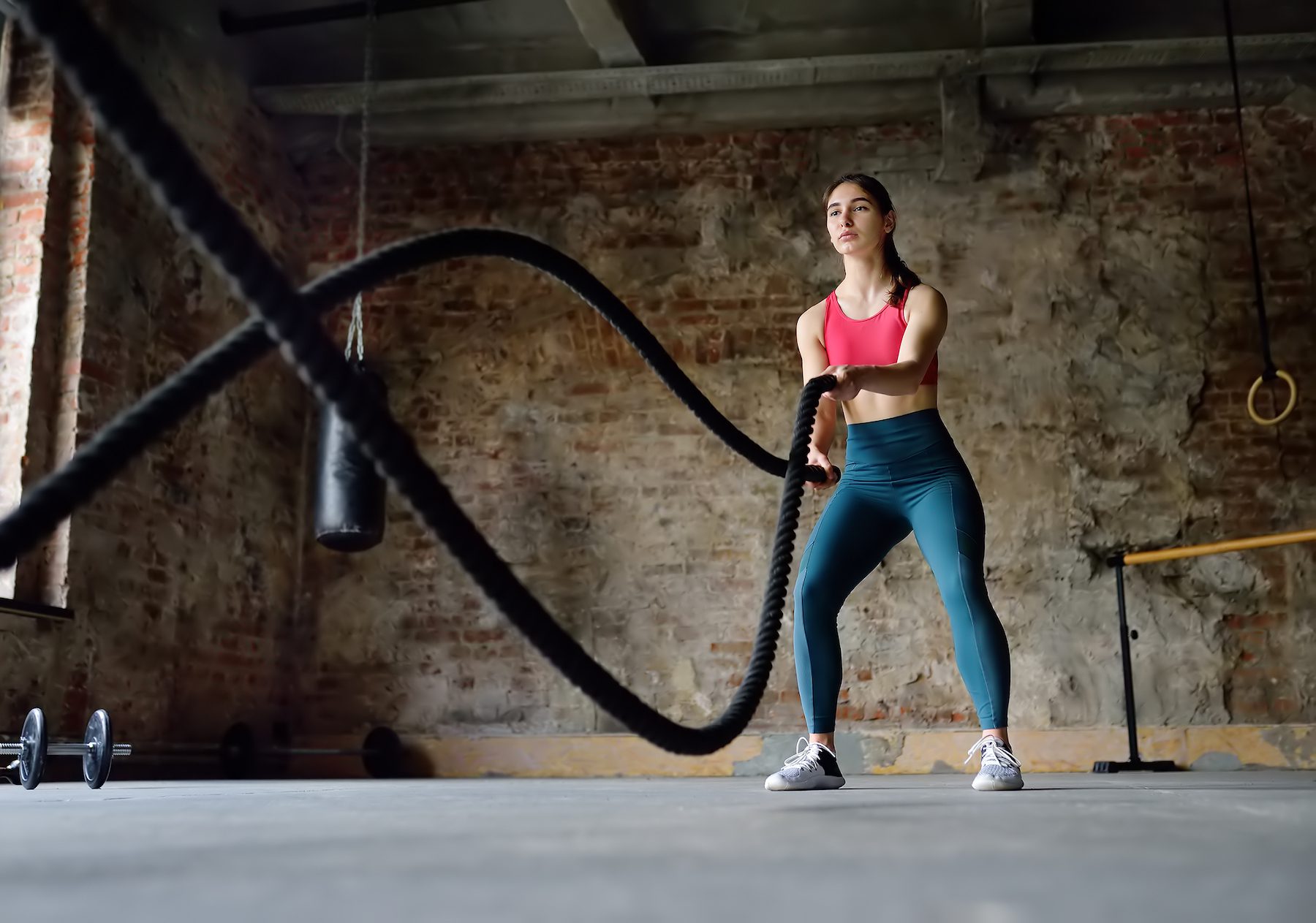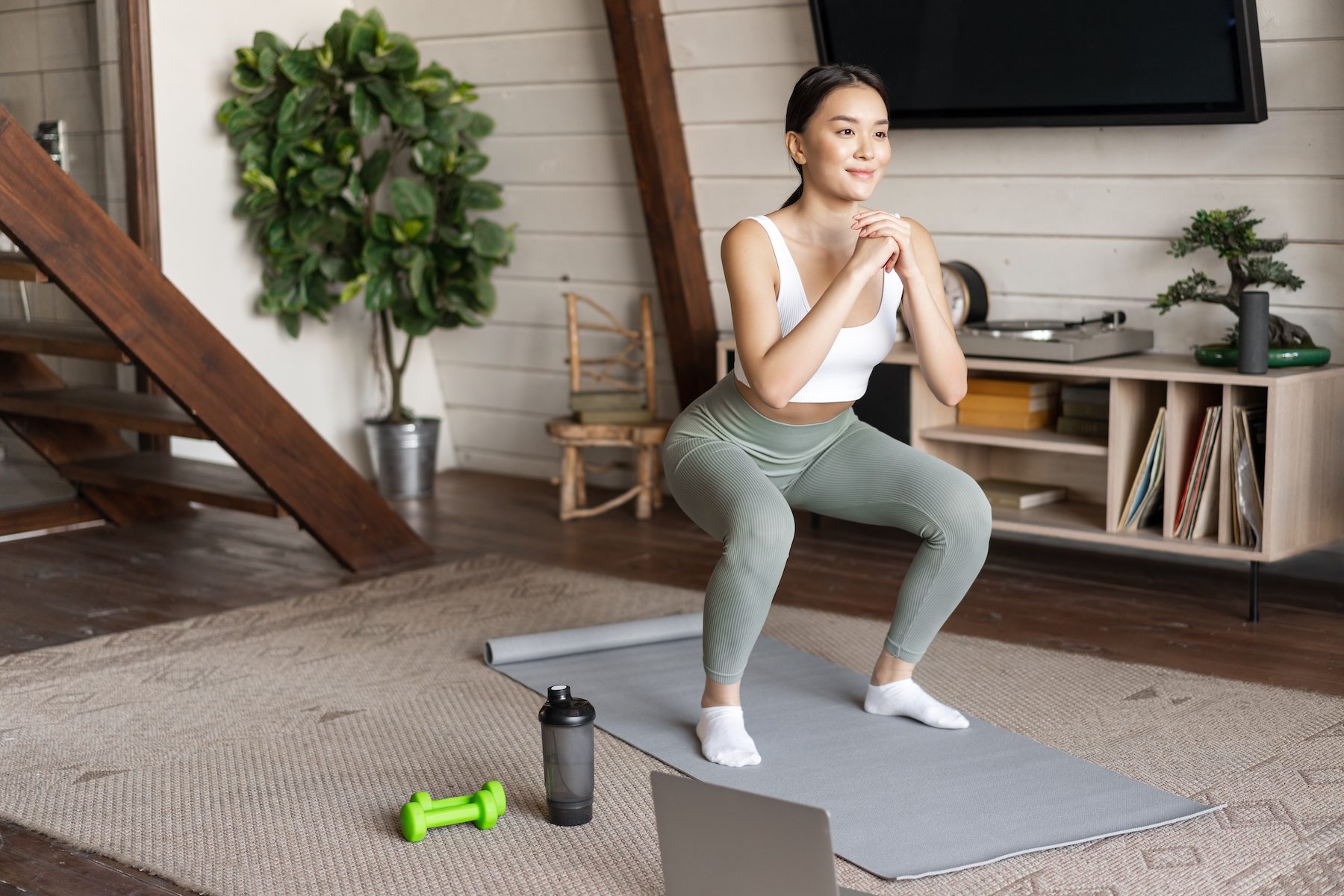Everyone has different preferences when it comes to how they want to workout.
Let’s dive into two popular training types – High Intensity Interval Training (HIIT) versus Low Intensity Steady State training (LISS).
These are both forms of cardio training, the main differences are the overall intensity and duration of the workouts – but more on this below.
Knowing what can be achieved through each exercise style can help you decide what works best for your fitness level and overall lifestyle.

Table of Contents
HIIT explained
High intensity interval training is often associated with quick workouts and weight loss.
HIIT is when you’re doing exercises for longer than you’re resting. For example, 60 seconds of exercise and 30 seconds of rest.
Overall, HIIT workouts are generally shorter, ranging from anywhere between 15 and 45 minutes. They are a mix of cardio and resistance style exercises – lifting weights, sprints, burpees, squats, push-ups, etc.
Due to the intensity of HIIT, you may see results (in conjunction with your diet) sooner as your heart-rate spikes more and expends more energy (including calorie burn) when you train this way.
Keep in mind, HIIT can put a lot of pressure on your body in terms of injury (due to form, lack of warm ups/downs) and the recovery of muscles. It can also be a hard place to start for beginners diving into their health and fitness journey.

LISS explained
Low-intensity steady state training, is pretty much how it sounds – less-strenuous workouts with longer rest periods.
When LISS training, you exert a lower level of energy compared to HIIT, and usually over a longer period (usually 45 to 60 minutes). Think longer/slower walks, hiking, swimming and any steady use of gym equipment like spin bikes, ellipticals, etc.
As you can imagine, LISS is much more gentle on muscles, joints and bones, and overall recovery. It’s therefore great for beginners, or those easing back into exercise after an injury.

Which is best for weight loss?
Both HIIT and LISS training will burn calories, and therefore contribute to weight loss, if that’s your goal.
HIIT is definitely a bigger calorie burner so may help you achieve your goals faster, but is more strenuous on the body – both during and following a workout.
Just because LISS feels slower, doesn’t mean it isn’t ‘doing anything’, think of it more as ‘slow and steady wins the race’. But ultimately, just make the choice that works for you and your preferences.
Either way, you’re moving your body and that’s what’s important!

